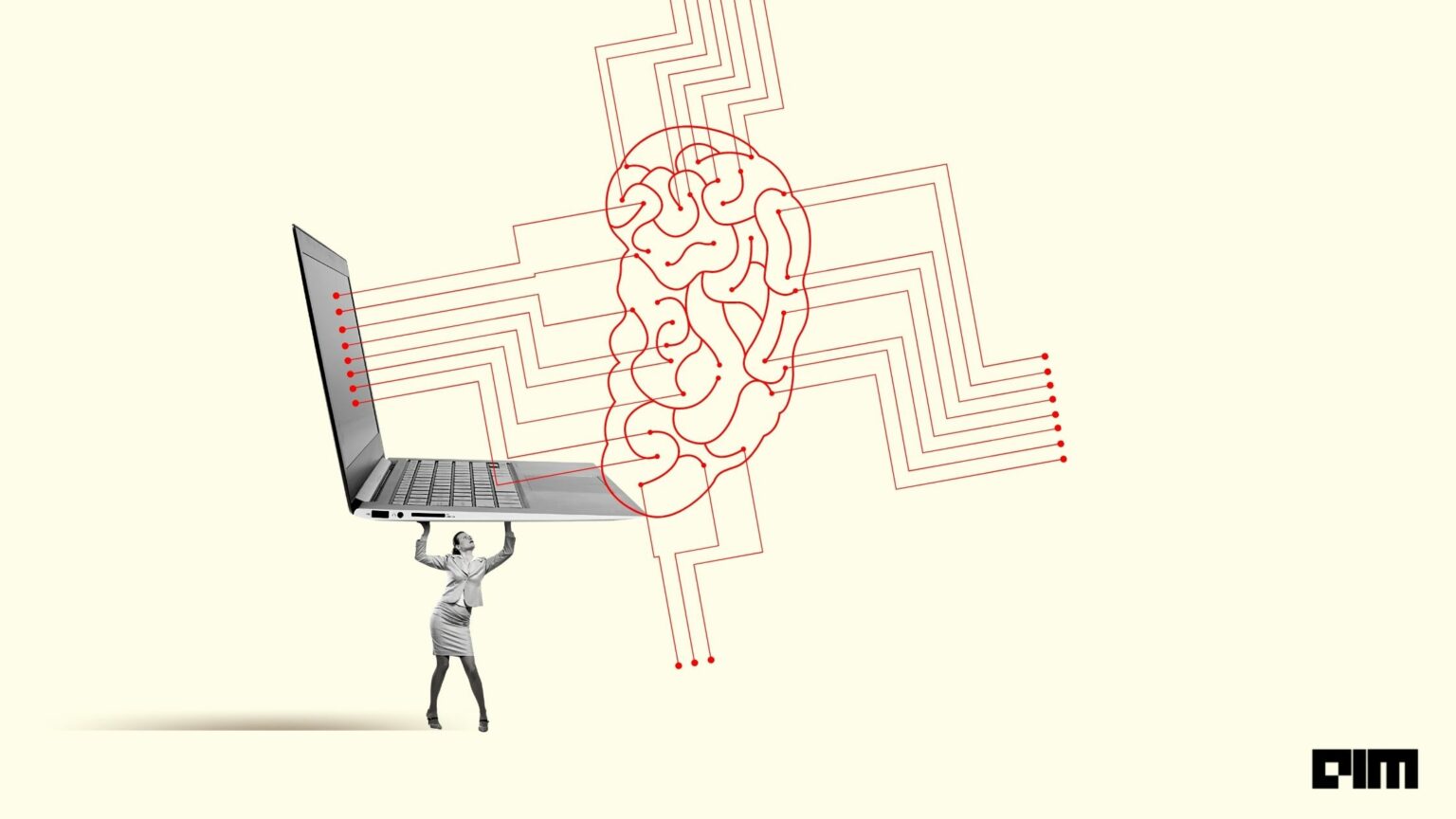The computer will see you now: is your therapy session about to be automated?

AI research has not improved significantly since that review, she argues. “Based
on the available evidence, I’m not optimistic.” Yet she added that a
personalized approach could work better. Rather than assuming a bedrock of
emotional states that are universally recognizable, algorithms could be trained
on a single person over many sessions, including their facial expressions, their
voice and physiological measures like their heart rate, while accounting for the
context of those data. Then you’d have better chances of developing reliable AI
for that person, Barrett says. If such AI systems eventually can be made more
effective, ethical issues still have to be addressed. In a newly published
paper, Torous, Depp and others argue that, while AI has the potential to help
identify mental problems more objectively, and it could even empower patients in
their own treatment, first it must address issues like bias. During the training
of some AI programs, when they are fed huge databases of personal information so
they can learn to discern patterns in them, white people, men, higher-income
people, or younger people are often overrepresented. As a result they might
misinterpret unique facial features or a rare dialect.
WhatsApp Just Gave 2 Billion Users A Reason To Stay

The specter of regulation continues to hang over Facebook and its Big Tech
rivals, but this has raised a different regulatory question: At what point does
a privately held communication platform become a utility. Social media can be
turned on or off with little consequence. But replacing regulated mobile
networks with a multinational “over the top” that is used by almost everyone is
a different deal. WhatsApp’s biggest victory—the reason it’s now on almost all
our phones—was its displacement of SMS as the world’s most popular, most
ubiquitous, messaging tool. The nearest equivalent is Apple’s iMessage in some
markets, especially the U.S. But iMessage isn’t a separate platform from core,
regulated messaging. And, more to the point, it’s owned by a product giant not a
data-based advertising giant. WhatsApp’s numbers are interesting. While its
penetration in Europe is strong, in the developing world it’s staggering. In
Kenya, South Africa, Nigeria, Argentina, Malaysia, Colombia and Brazil it has
secured more than 90% of total adult internet users. In most countries, WhatsApp
is now the market leader. Think that through when next reading about WhatsApp’s
shift into payments and shopping.
Insurance to Mitigate the Risk of AI Systems Coming into View

It’s not clear that AI software suppliers guarantee the accuracy of their
algorithms, or that insurance companies cover the risks associated with AI
products. Having insurance against AI risk could smooth the path to AI adoption.
Among manufacturers trying out AI, many are stuck in “pilot purgatory”–not yet
successfully scaling digital transformation. “Greater support for businesses
looking to implement new solutions could help to improve the adoption rate,”
Yoskovitch stated. Insurers could help enterprises at these three stages of AI
adoption, Yoskovitch suggests ... AI failure models are an evolving area of
research. “It is not possible to provide prescriptive technological
mitigations,” the authors stated. Cyber insurance comes the closest, but is not
a perfect fit. If bodily harm occurs because of an AI failure, such as if the
image recognition system on an autonomous car fails to perform in snow or frost
conditions, cyber insurance is not likely to cover the damage, although it may
cover the losses from the interruption of business that results, the authors
suggest.
‘Back to human’: Why HR leaders want to focus on people again

Delivering a great employee experience relies on the same principles used in
design thinking for products and services. Like skilled designers, CHROs are
starting with the customer and working backward. Where there is a customer
journey with its associated pain points, so there are career journeys in every
big organization, each with its own identifiable moments of frustration. One
thing HR leaders can do along these lines is to harness the energy and insight
of their colleagues to increase engagement among new hires and current
employees. Cisco, for instance, launched a 24-hour “breakathon” with more than
800 employees that used design-thinking principles to identify the moments that
matter most in the interactions between HR and employees. This session led to a
complete redesign of onboarding: YouBelong@Cisco, a full prototype solution that
targeted common pain points for people starting careers at the company. HR
leaders want to use these technologies to help customize and track the needs of
each individual on the employee journey, whether that means advancing
educational efforts, helping customers and clients to solve problems, supporting
the development of colleagues, or simply being part of a great team.
Plea To ML Researchers: Give Data Curation A Chance

Many experts believe data must be used in their natural form to give an
unvarnished output. While there is no problem with this argument, Rogers said,
it needs more elaboration. “In that case, the “natural” distribution may not
even be what we want: e.g. if the goal is a question answering system, then the
“natural” distribution of questions asked in daily life (with most questions
about time and weather) will not be helpful,” wrote Rogers. She further added
there is still a lot of research work that needs to be done before developers
can study the world as it is. Some developers feel their data is large enough
for their training set to encompass the ‘entire data universe’. Rogers said
collecting all data is impossible as it will pose legal, ethical, and practical
challenges Meanwhile, many are in favour of developing algorithmic alternatives
to data curation. As per Rogers, this is a good possibility; however, having
such solutions, in the current scenario, could be a complementary approach to
data curation rather than completely replacing it. A few experts believe data
curation is part of the process and should not become a task big enough to
forget the original purpose of developing a model.
Ultra-high-density hard drives made with graphene store ten times more data

Graphene enables two-fold reduction in friction and provides better corrosion
and wear than state-of-the-art solutions. In fact, one single graphene layer
reduces corrosion by 2.5 times. Cambridge scientists transferred graphene onto
hard disks made of iron-platinum as the magnetic recording layer, and tested
Heat-Assisted Magnetic Recording (HAMR) – a new technology that enables an
increase in storage density by heating the recording layer to high temperatures.
Current COCs do not perform at these high temperatures, but graphene does. Thus,
graphene, coupled with HAMR, can outperform current HDDs, providing an
unprecedented data density, higher than 10 terabytes per square inch.
“Demonstrating that graphene can serve as protective coating for conventional
hard disk drives and that it is able to withstand HAMR conditions is a very
important result. This will further push the development of novel high areal
density hard disk drives,” said Dr Anna Ott from the Cambridge Graphene Centre,
one of the co-authors of this study. A jump in HDDs’ data density by a factor of
ten and a significant reduction in wear rate are critical to achieving more
sustainable and durable magnetic data recording.
Implementing An Effective Intelligent Master Data Management Strategy

Since MDM is not a one-time implementation or cleansing exercise, business
owners must own the data along with the business processes from various
departments and units. The data governance process implemented must identify,
measure, capture, and rectify data quality issues in the source system itself.
In order to keep the strategy running, a formal model to manage said data as a
strategic resource should comprise detailed business rules, data stewardship,
data control, and compliance mechanisms. The governance aspect of data needs to
be treated as part of daily responsibilities rather than a one-off initiative
for it to be effective and supported by stakeholders or senior management. ...
Before diving deep into the MDM implementation process, defining a future
roadmap is crucial in showing how later stages will be accomplished, consistent
with the strategic objectives of an organization. This ensures that your MDM
exercise does not turn into a catastrophic event due to abject failures from
structural flaws that corrupt your entire data system. Further, infuse upgrades,
conduct regular testing on standard communication interfaces, and set benchmarks
to quantify your KPI success, until they are proven to be stable before opening
up the gates to the rest of your data stream.
Neuromorphic Chip: Artificial Neurons Recognize Biosignals in Real Time

The researchers first designed an algorithm that detects HFOs by simulating the
brain’s natural neural network: a tiny so-called spiking neural network (SNN).
The second step involved implementing the SNN in a fingernail-sized piece of
hardware that receives neural signals by means of electrodes and which, unlike
conventional computers, is massively energy efficient. This makes calculations
with a very high temporal resolution possible, without relying on the internet
or cloud computing. “Our design allows us to recognize spatiotemporal patterns
in biological signals in real time,” says Giacomo Indiveri, professor at the
Institute for Neuroinformatics of UZH and ETH Zurich. The researchers are now
planning to use their findings to create an electronic system that reliably
recognizes and monitors HFOs in real time. ... However, this is not the only
field where HFO recognition can play an important role. The team’s long-term
target is to develop a device for monitoring epilepsy that could be used outside
of the hospital and that would make it possible to analyze signals from a large
number of electrodes over several weeks or months.
Hardware buyers are scrambling to find chip shortage work-arounds

Because World Insurance runs most of its operations on a private cloud in their
own data center, finding the servers they need to expand their operations is an
ongoing battle. Before the chip shortage, they would primarily buy white label
servers to add capacity. Now, they, like so many others, are sourcing servers
from wherever they can find them. Many manufacturers are in the same boat, said
Jens Gamperl, CEO of Sourcengine, an online marketplace for electronic
components. Gamperl's customers are scrambling to find chips from any
source—regardless of whether or not the supplier and its products have been
vetted or not. ... To ensure some sort of quality control, manufacturers
are asking Sourcengine to perform those functions. Price gouging also is a big
issue. Parts that cost pennies pre-pandemic are now going for thousands of times
more. "I came across, four weeks or five weeks ago, a situation where a 50 cent
part was offered to us for $41," he said. For large businesses, these increased
expenses shouldn't have a noticeable impact on the bottom line given the other
expenses like travel went to zero, he said.
Hybrid work: How to prepare for the turnover tsunami

Among the multiple factors at play, according to the Prudential Financial
survey, are employee concerns about career advancement. ... Additionally, the
wide and rapid acceptance of remote work has opened up new job opportunities to
work from anywhere. It's a perfect storm for creating some degree of turnover,
says Brian Abrahamson, CIO and the associate laboratory director for
communications and IT at the U.S. Department of Energy's Pacific Northwest
National Lab. "We used to talk about the impacts of fear, uncertainty, and doubt
on people. Add to this the impacts of burnout and isolation and you have a
recipe for workforce chaos," Roberts says. "A question every CIO should be
asking their people managers is, 'Are the recruiters who are trying to poach our
people painting a better picture of a future working with their company than we
are of ours?'" The time to start addressing anticipated turnover is now. "If you
acknowledge that the risk factors affecting the likelihood of increased
attrition in the near term are there, the first recommendation I would make is
simple: Accept and prepare for it," says Selective Insurance CIO John
Bresney.
Quote for the day:
"If you care enough for a result, you
will most certainly attain it." -- William James
No comments:
Post a Comment